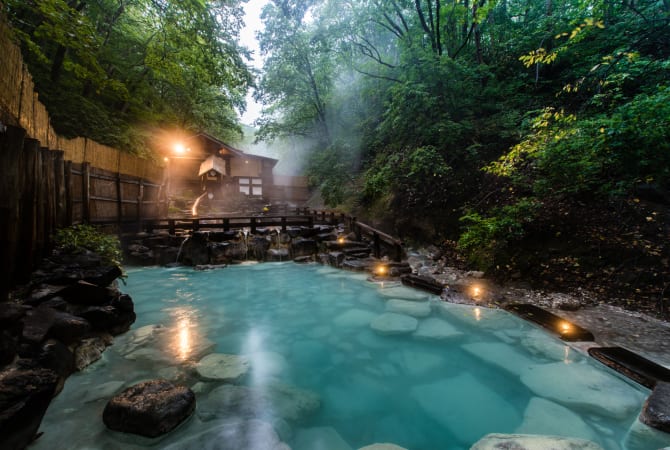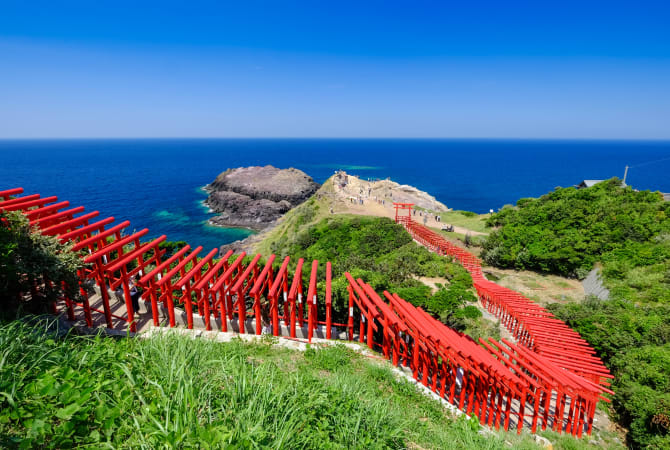High-Quality Japanese Wagyu Beef Brands to Try
A food trip in Japan is not complete without trying some of its high-quality beef. The country is home to the most popular beef brands in the world, which are produced from premium cattle raised in great environments.
Different Japanese regions produce top-quality beef that are served in numerous restaurants across the country. If you want to experience food euphoria, here are six high-quality Japanese wagyu beef brands that you should try:
1. Yonezawa Beef (Yamagata)
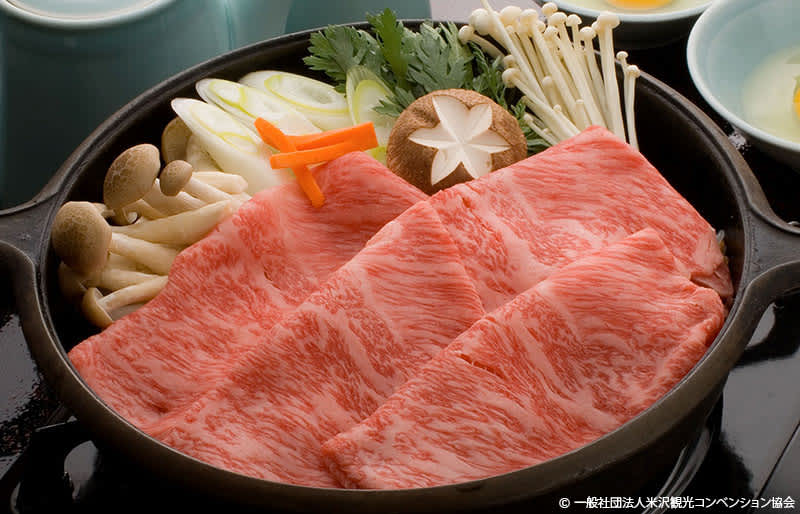
When you visit the Yonezawa area in Yamagata Prefecture, you should not dare miss eating Yonezawa beef. It is considered as one of the top beef brands in Japan that you can enjoy in different cuisines.
A popular way to enjoy Yonezawa beef is in sukiyaki, a hot pot dish that uses thinly sliced beef mixed with noodles, mushrooms, and tofu. It also uses a special sweet sauce that contains miso which further amplifies the taste of the beef. The beef is dipped in beaten eggs before being consumed.
Yonezawa beef is also cooked a lot as steak. To produce a juicy and sumptuous flavor, the beef is seasoned with salt and pepper, then mixed with a combination of red wine and soy sauce.
Another way to enjoy Yonezawa beef is by eating it shabu-shabu style wherein the beef is dipped in a sauce made from soy sauce and citrus juice or vinegar to achieve its optimum flavor. This type of beef is also best enjoyed in gyudon, a popular Japanese dish that contains thinly sliced beef mixed with sweet soy sauce and onions on top of white rice.
The secret to the premium quality of this beef lies in the way the Yonezawa cows are raised. The said cows eat rice straws from the mineral-rich soil of Yamagata for more than 32 months. Also, most Yonezawa beef are from heifers or female cows that never had offspring.
2. Hida Beef (Gifu)
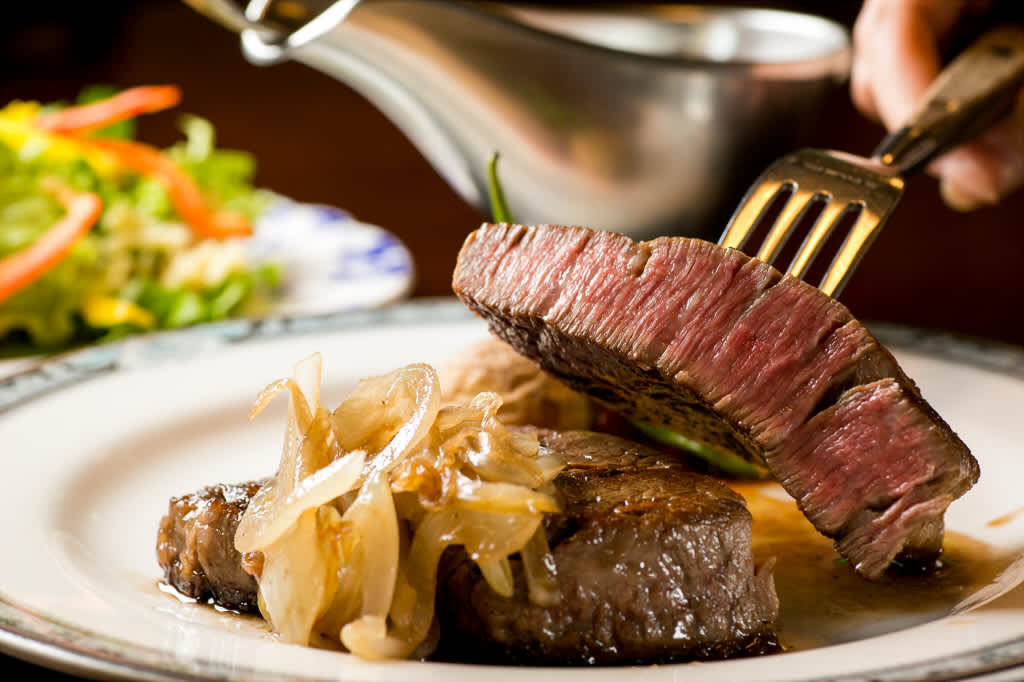
One of the finest Japanese beef brands that you should also try in Japan is Hida beef. Originating in Gifu Prefecture, this beef is famous for its intense marbling that contributes to its unique juicy flavor.
There are various ways to enjoy the delicious flavor of Hida beef. One popular dish that uses this type of beef is sirloin steak, which brings out the tenderness of the beef by grilling it in high-temperature flame. Another way to enjoy this beef is in yakiniku, wherein meat is grilled and then dipped in tare sauce or lemon juice.
Hida beef can also be enjoyed as kushiyaki which are grilled beef, vegetables, and seafood skewers. The grilled beef is usually dipped in marinade soy sauce or seasoned with salt and pepper. Additionally, Hida beef can also be used in sukiyaki or in other hot pot dishes.
Hida beef is produced from black-haired Japanese cattle that have been raised for at least 14 months.
3. Matsusaka Beef (Mie)
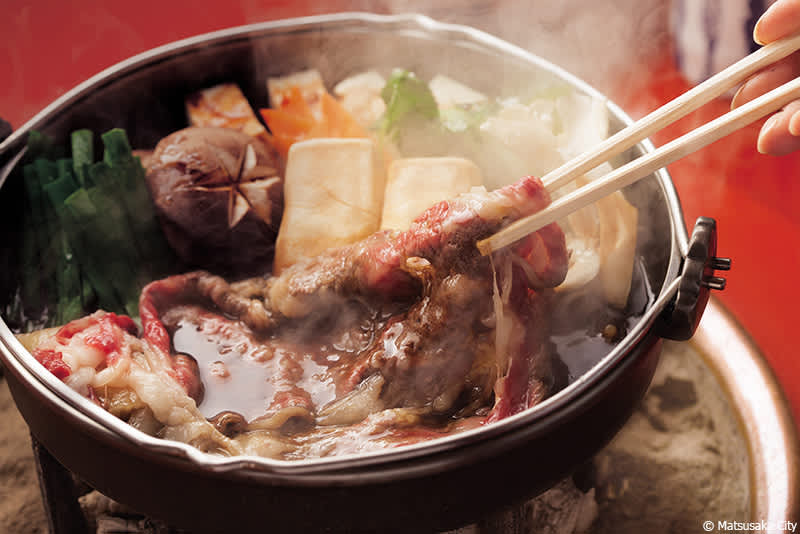
Another beef brand that you should try when in Japan is Matsusaka beef, a type of beef from Matsusaka City, Mie Prefecture.
Matsusaka beef is known for its heavily marbled appearance. When eating this type of beef, it easily melts in your mouth because of its tender texture. Matsusaka beef is best enjoyed in sukiyaki, steak, and shigureni, a Japanese stew dish wherein the beef is marinated with sweet and spicy sauces.
Matsusaka beef is produced from Japanese black breed heifers that are physically raised within Mie Prefecture from the age of 12 months. The heifers are then fed with rice, soy, wheat, and barley for at least 900 days. Some are also fed with cattle beer and massaged with liquor to boost their appetite, which is done six to eight months before the cattle are processed.
4. Kobe Beef (Hyogo)
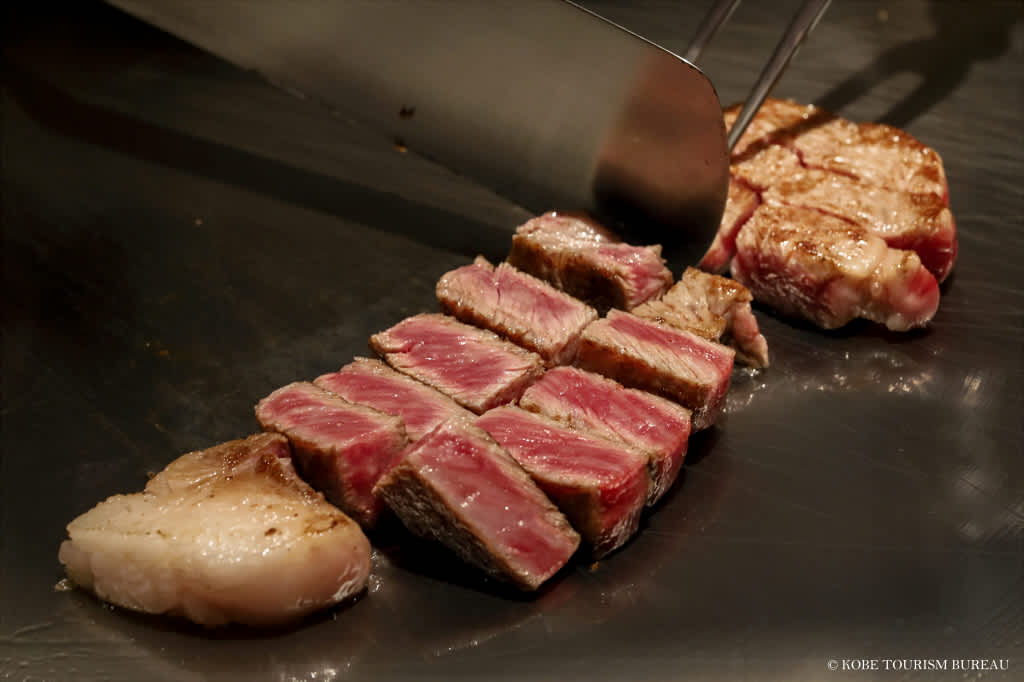
Another type of beef that you should not miss to try in Japan is Kobe beef, one of the country’s most popular wagyu beef brands which originates in Kobe City, Hyogo Prefecture. This beef is heavily marbled with fat and has a tender texture and a sumptuous flavor.
There are different ways for you to enjoy Kobe beef. You can enjoy it as steak or in sukiyaki or shabu-shabu. Another way to enjoy Kobe beef is by dining at a teppanyaki restaurant where the chef grills the beef on an iron plate in front of you. It's a fine dining experience that you should try if the budget permits.
Kobe beef is produced from the Tajima-gyu breed of cattle that can be found in Hyogo Prefecture. For the meat to earn the "Kobe beef" title, the cattle should be raised and slaughtered in Hyogo. The Kobe beef label is a highly guarded trademark, so to be eligible for the title, the beef should pass the eligibility criteria.
5. Saga Beef (Saga)
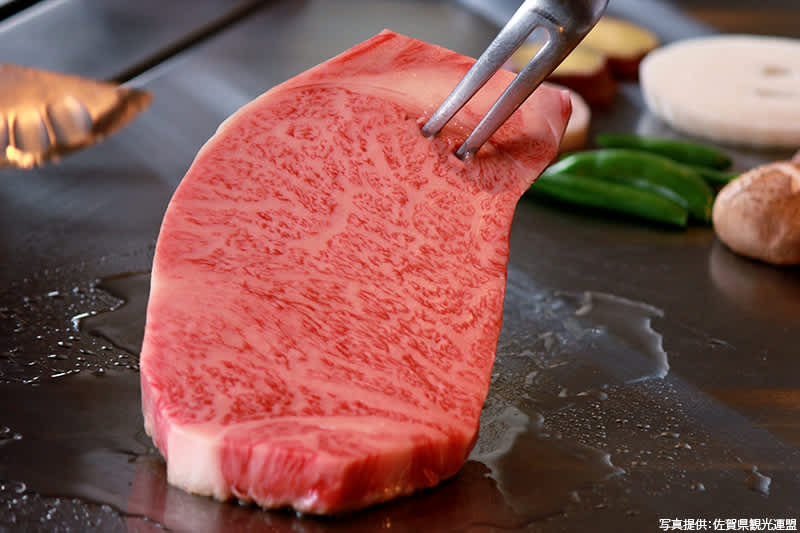
Saga beef is one of the most premium brands of beef in Japan. Originating in Saga Prefecture, this beef is characterized by its “tsuya-sashi” or “glossy marbling” that spreads across its soft red meat.
Saga beef is best consumed as steak, in shabu-shabu, or for teppanyaki. It can also be enjoyed as seiro-mushi which uses bamboo trays to steam cook the meat.
Saga beef is produced from black-haired cattle raised in Saga Prefecture, surrounded by a mild climate, clean air, and fresh water. Excellent breeding techniques are also used, which contributes to the excellent marbling of the meat. The beef should pass certain standards before it can be recognized as Saga beef.
6. Miyazaki Beef (Miyazaki)
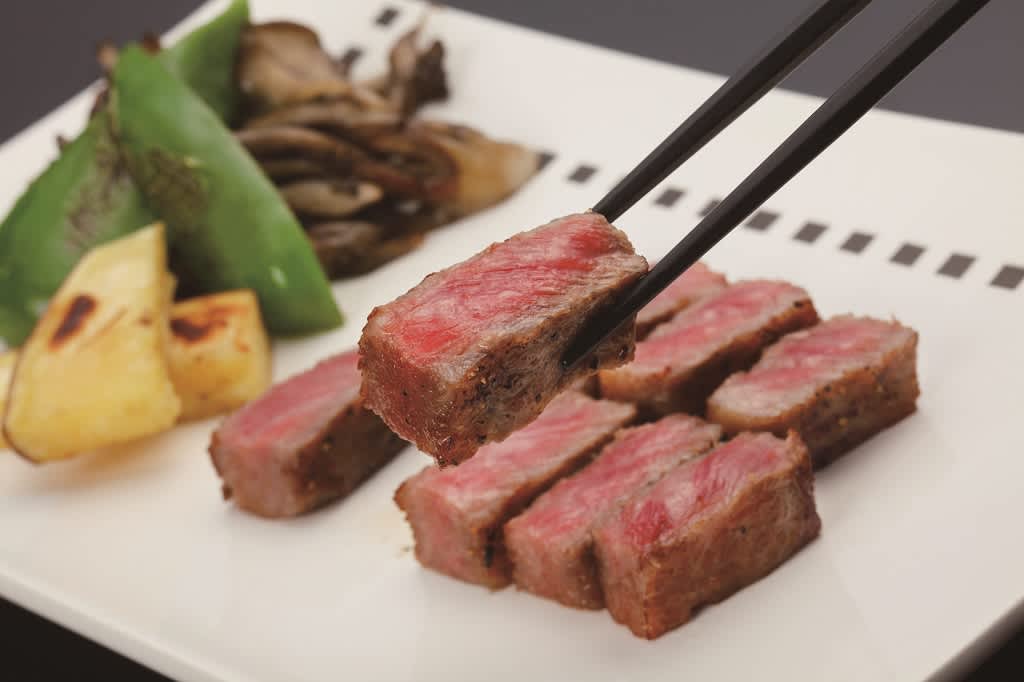
Miyazaki beef is another must-try when you are in Japan. The taste and texture of this top beef brand is so excellent that it became the first Japanese beef to be exported to America.
Originating in Miyazaki Prefecture, this beef is characterized by its rich flavor, cherry color, and soft texture. It also has an excellent marbling appearance that is spread evenly across the meat. While Miyazaki beef is best enjoyed as steak, it can also be used in shabu-shabu, sukiyaki, or yakiniku.
This type of beef is produced from Kuroge Washu cows which are raised in Miyazaki Prefecture. These cows are fed corn, wheat, and barley for more than 600 days to boost the quality of the meat. Strict regulations are imposed, and the beef must pass a certain criteria before it can be distributed to maintain high standards.

















































